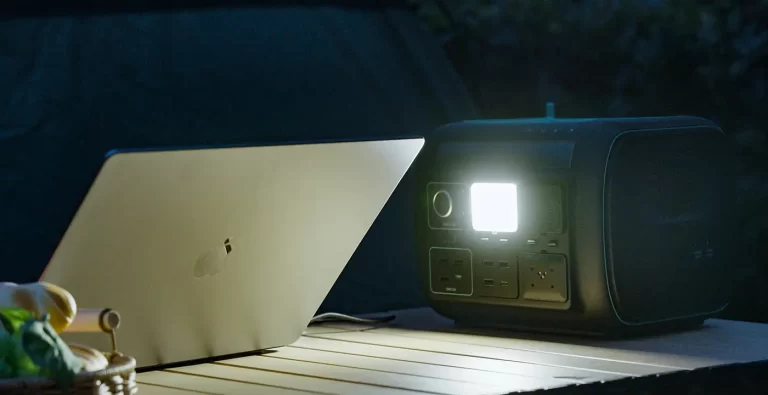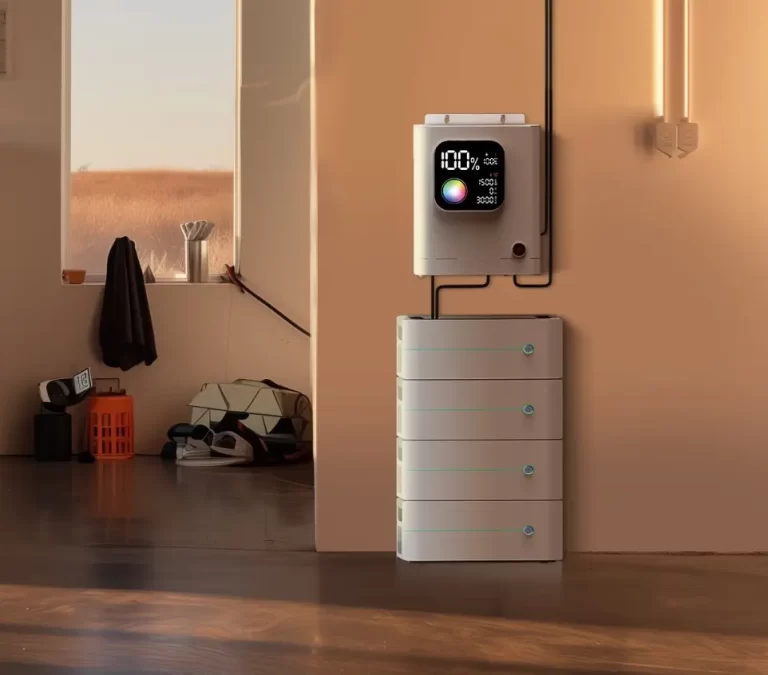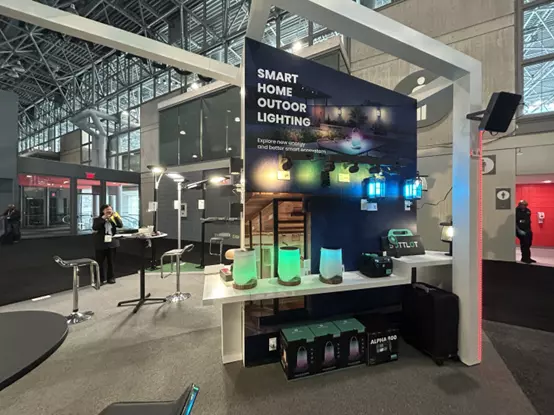With the increasing global focus on renewable energy, solar power, as a clean and renewable form of energy, is gradually changing the way we live. In a solar energy system, the choice of a home energy storage inverter as a bridge between the solar panels and the home power grid is especially critical. Facing a wide range of inverter products on the market, how do you choose a suitable inverter for your home? This article will provide you with a detailed analysis of the types, advantages, and differences of solar home storage inverters, and offer practical advice on choosing one to help you easily find the most suitable energy solution.

I. Inverter Type Highlights and Advantages
Off-grid Inverter
- Highlights: Off-grid inverters do not need to rely on the external power grid to achieve power self-sufficiency. In areas where the grid cannot cover or where there are frequent power outages, off-grid inverters provide a stable and reliable source of electricity for households.
- Example: The Alpha3000 solar home storage inverter is an off-grid inverter that uses Pulse Width Modulation (PWM) technology and Maximum Power Point Tracking (MPPT) technology to optimize power conversion efficiency and ensure maximum energy utilization. Additionally, the Alpha3000’s smart LED screen and infrared sensor design provide an intuitive user interaction experience and a convenient operation process.
Advantages:
- Provides emergency backup power: In the event of a grid outage or failure, the off-grid inverter can quickly switch to provide a stable power supply for the home, ensuring the normal operation of family life.
- Suitable for remote areas: Off-grid inverters are the ideal energy solution for remote areas not covered by the grid. They do not need to be connected to the grid and can be self-sufficient in power through solar panels.
- Data support: Off-grid inverters are often used with high-capacity storage batteries to ensure that household power needs can be met in the event of an extended power outage. According to statistics, off-grid inverters with high-capacity storage batteries can continue to supply power for days or even weeks during a blackout.
Grid-connected Inverters
- Highlights: Grid-connected inverters are capable of realizing a two-way flow of power with the grid, achieving self-sufficiency in power while also interacting with the grid.
- Advantages:
- Revenue from selling electricity: When solar panels produce more electricity than the household needs, a grid-tied inverter can sell the excess electricity back to the grid for financial gain.
- Improves the stability of power supply: Grid-tie inverters operate in synchronization with the grid, so when the grid is short of power, they can obtain power from the grid to supplement it; when the grid is overpowered, they can sell the excess power back to the grid. This two-way flow of power effectively improves the stability of power supply.
Data and Policy Support: Households using grid-connected inverters may receive green energy subsidies and tax incentives from the government, further reducing investment costs.
Hybrid Inverter
- Highlights: Hybrid inverters combine the features of both off-grid and grid-connected inverters, enabling flexible switching in different scenarios.
- Advantages:
- Automatic grid failure switching: When a grid failure occurs, the hybrid inverter can quickly switch to off-grid mode to ensure a stable supply of household power.
- Flexible energy management: The hybrid inverter’s built-in intelligent control system automatically adjusts the charging and discharging strategy according to household demand and grid status, realizing optimal energy utilization.
Technical Features: The hybrid inverter’s built-in advanced intelligent control system supports remote monitoring and automatic control. Users can check power usage and inverter operation status at any time via a cell phone or computer, and make adjustments and optimizations accordingly. This intelligent control function greatly improves the efficiency of energy use and management convenience.
II. Differences Between Inverter Types
- Dependency: Off-grid inverters do not depend on the grid at all, while grid-connected and hybrid inverters need to be connected to the grid. This means that in the event of a grid failure, off-grid inverters will still be able to supply power normally, whereas grid-connected and hybrid inverters may be affected.
- Energy Management: Hybrid inverters are more flexible in energy management, automatically adjusting the charging and discharging strategy according to household demand and grid status to achieve optimal energy utilization. Off-grid and grid-connected inverters are relatively less flexible in this regard.
III. Cost and Maintenance:
- The initial investment cost of off-grid inverters is higher due to the need for high-capacity energy storage batteries. However, their long-term operating costs are low, and maintenance is relatively simple.
- Grid-connected inverters have a lower initial investment but require payment of electricity bills. Their maintenance costs are also relatively low but necessitate regular calibration and inspection with the grid.
- Hybrid inverters, with their combined characteristics of off-grid and grid-connected inverters and higher technical complexity, may have a higher initial investment cost. However, they can achieve energy self-sufficiency and income from selling electricity in the long run.
IV. How to Choose a Suitable Inverter When choosing a suitable solar home energy storage inverter, consider the following factors:
- Household Demand: Select the appropriate inverter capacity and storage battery capacity based on average household electricity consumption, peak hours of electricity use, and any special electricity needs (e.g., electric vehicle charging).
- Geographic Location and Climate Conditions: Consider local lighting conditions, grid stability, and the frequency of power outages. Off-grid or hybrid inverters may be more suitable for remote or unstable grid locations; grid-connected inverters may be more suitable for stable grid and sufficient light conditions.
- Budget: Choose the right brand and model of inverter according to your budget, comparing performance, price, and after-sales service of different options.
- Government Policy: Understand local government policy support and subsidies for solar power systems, as some regions may offer financial incentives for purchasing inverters or storage batteries.
- Scalability and Compatibility: Consider the scalability and compatibility of the inverter to allow for easy system upgrades in the future as solar panel or storage battery capacity is increased.
For example, the Alpha3000’s excellent environmental adaptability makes it suitable for use globally, operating reliably in climates ranging from the cold of Eastern Europe to the heat of the Middle East, meeting diverse energy needs. Its scalability and compatibility also provide flexible energy solutions tailored to individual user needs.
when choosing a solar home energy storage inverter, consider family needs, geographic location, climatic conditions, budget, and government policies. Understanding the features, advantages, and differences of different types of inverters will help you find the most suitable energy solution, enabling a collective move towards a greener future.



